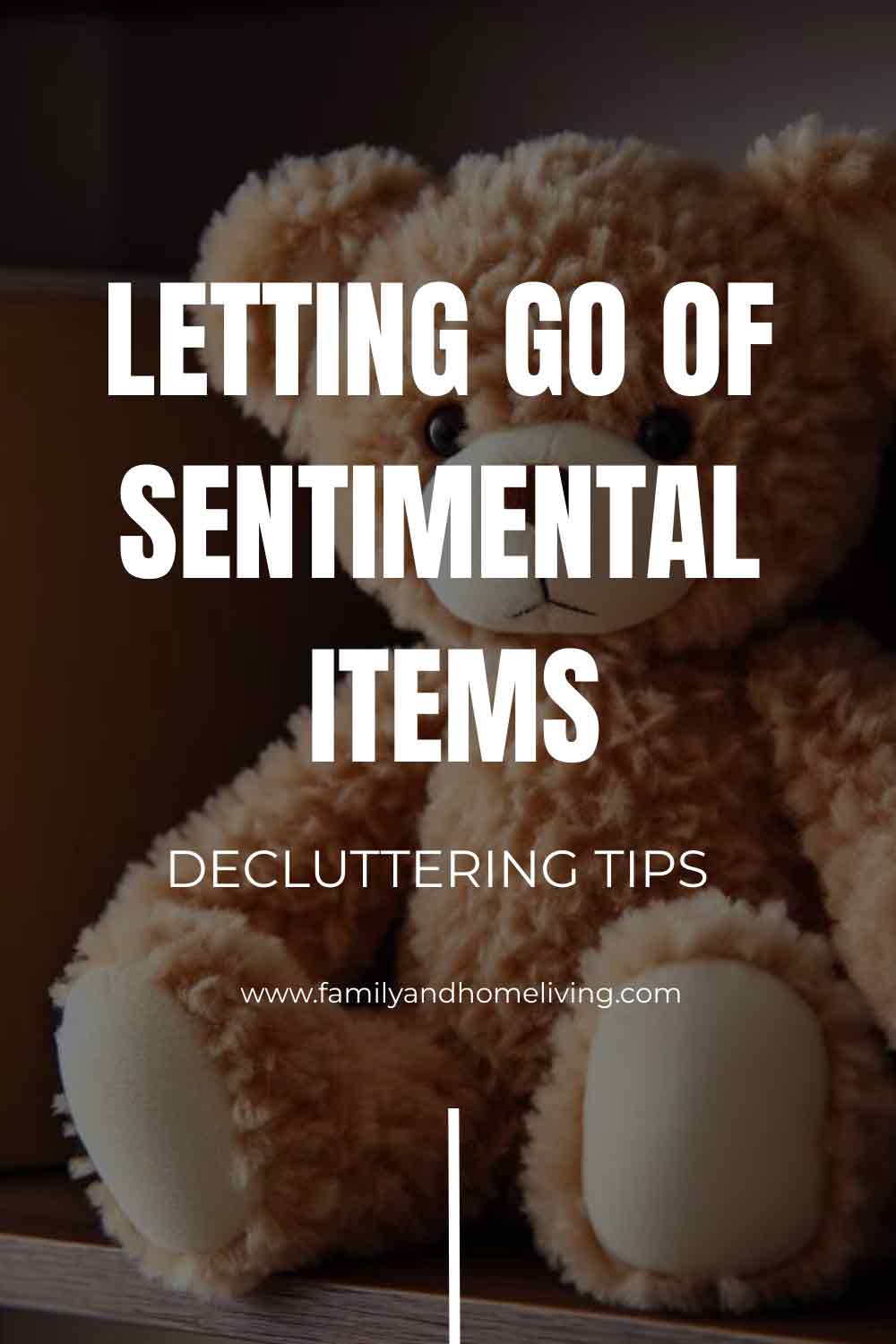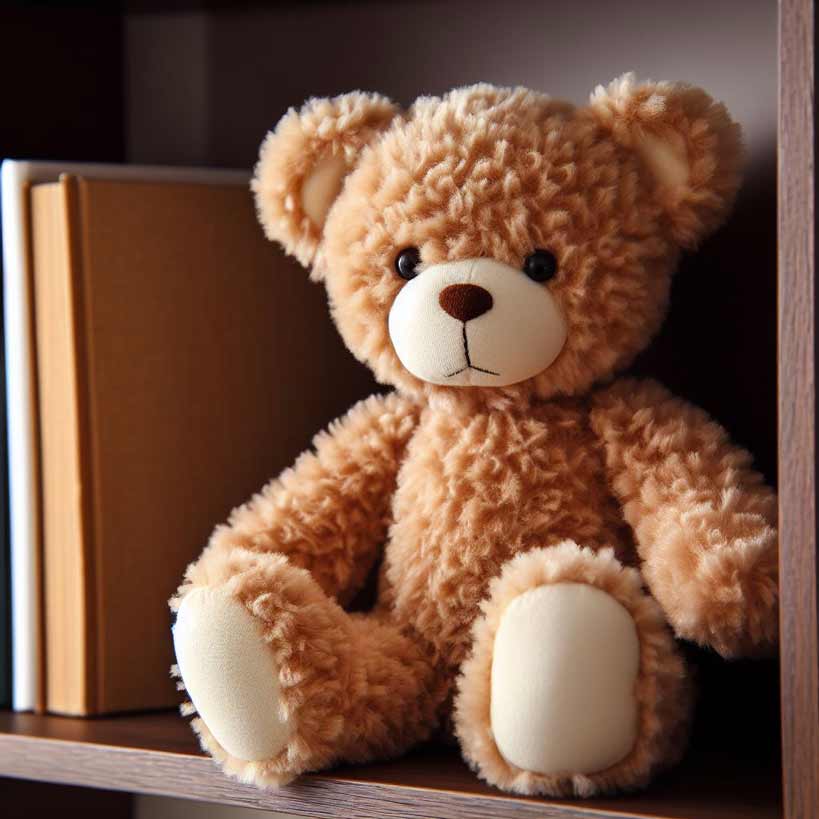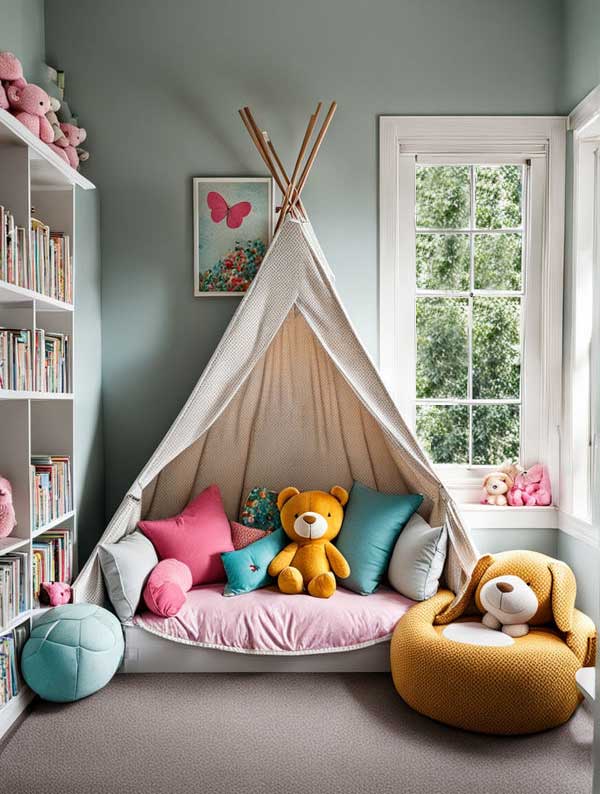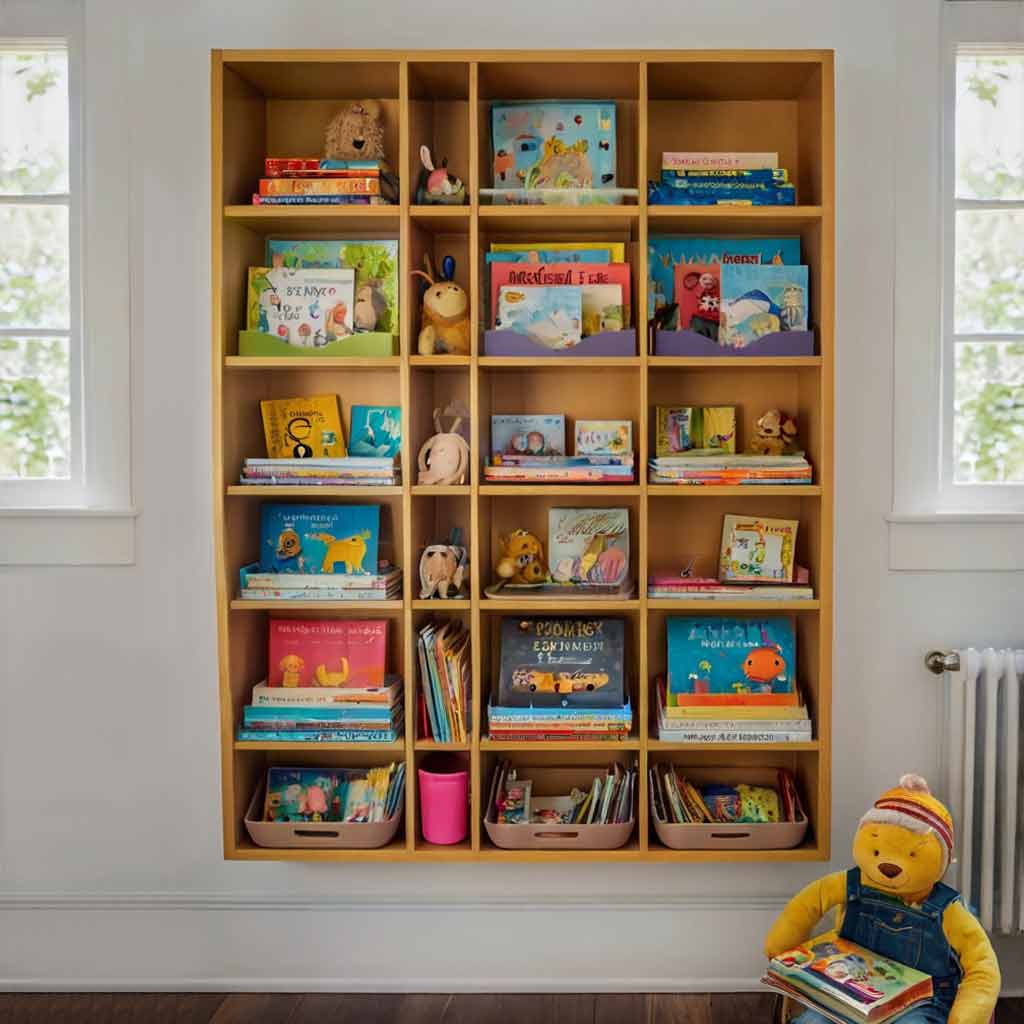This post may contain affiliate links which means we might earn a small commission if you decide to make a purchase through them (at no extra cost to you). Need more info? Click Here
Sentimental items have a unique ability to transport us back in time, evoking cherished memories and emotions. However, as these items accumulate, they can lead to clutter and disorganization in our homes.
In this post, we will at how you can declutter sentimental items. We’ll provide you with not only practical tips but also insights into the emotional aspects of parting with items that hold deep personal significance.
If you find this post helpful, please pin it 🙂

Understanding the Emotional Attachment
Sentimental items can encompass a wide array of possessions, including old photographs, letters, heirlooms, gifts, and mementos from special occasions. These items often carry a deep emotional attachment, connecting us to loved ones, pivotal life events, or moments of profound joy.
It’s this emotional bond that makes decluttering sentimental items a complex and sometimes emotionally charged exercise.
Related:
Easily Declutter Your Messy Home! Step-By-Step Guide
7 Easy Steps To Declutter Your Home + Free Declutter Checklist
The Benefits of Decluttering Sentimental Items
While decluttering sentimental items might seem daunting, it offers several advantages that extend beyond a tidier living space:
1. Enhanced Organization
Reducing the number of sentimental items in your home significantly improves organization. You’ll be able to locate and enjoy your cherished mementos with ease, as they won’t be buried beneath clutter.
2. Reduced Clutter and Stress
An uncluttered space fosters a feeling of peace and relives stress. The act of decluttering itself can be liberating, allowing you to breathe easier in your home.
3. Deeper Appreciation
By carefully selecting which sentimental items to keep, you gain a deeper appreciation for each one. These items stand out more prominently, and their significance becomes more apparent.
4. Preservation of Memories
Decluttering doesn’t equate to erasing memories. Instead, it means preserving them more effectively. By curating your sentimental items, you can ensure that the most meaningful ones receive the attention they deserve.
Related: The Art of Downsizing: Making Room for What Matters!
Decluttering Strategies for Sentimental Items
Now, let’s delve into practical and emotional strategies to help you navigate the process of decluttering sentimental items effectively:
1. Establish Clear Guidelines
Before you embark on the decluttering journey, establish clear guidelines for what you consider genuinely sentimental. Ask yourself:
- Does this item hold deep emotional significance?
- Does it bring me joy or happiness when I see or touch it?
- Is it directly connected to a specific memory or loved one?
Items that meet these criteria are likely worth preserving.
2. Categorize Sentimental Items
To make the decluttering process more manageable, sort your sentimental items into categories. These categories might include photographs, letters, keepsakes, heirlooms, and gifts. By organizing in this manner, you can assess and manage each category more effectively.
3. Create a Display or Storage Plan
For the items you decide to keep, create a plan for how you’ll display or store them. This not only keeps these items organized but also allows you to appreciate them regularly. Consider options like shadow boxes, photo albums, dedicated display shelves, or storage containers specifically designed for preserving sentimental items.
4. Digitize Photos and Documents
Preserve photographs, letters, and documents by digitizing them. Scanning or photographing these items and storing them on your computer or in cloud-based storage not only saves physical space but also protects these precious memories from physical deterioration or loss due to unforeseen circumstances.
Related: Decluttering Your Digital Life: Managing Email and Files
5. Limit the Number of Keepsakes
While it’s tempting to keep everything, set a limit on the number of keepsakes you’ll retain for each category. For example, choose the most meaningful photos from an album and discard duplicates or less significant ones. This process encourages you to focus on what truly matters.
6. Share with Loved Ones
Consider sharing sentimental items with family members or friends who may also cherish them. Passing down heirlooms or sharing memories through physical items can strengthen bonds and ensure that these items continue to be appreciated and preserved.
7. Embrace the One-In, One-Out Rule
To prevent future clutter, adopt the one-in, one-out rule. When you acquire a new sentimental item, commit to letting go of an existing one. This rule helps you maintain balance and prevents sentimentality from spiraling into clutter.
8. Reflect on the Purpose
Periodically revisit your collection of sentimental items. Take time to reflect on whether they still align with your current values and memories. As life evolves, so do your priorities. If an item no longer serves its purpose or connection to your life, consider letting it go gracefully.
The Emotional Side of Decluttering Sentimental Items
Decluttering sentimental items can be emotionally challenging. Here are some strategies to help you navigate the emotional aspects of this process:
1. Give Yourself Permission to Feel
Recognize that it’s normal to experience a range of emotions when decluttering sentimental items. You may feel sadness, nostalgia, or even guilt. Allow yourself to feel these emotions without judgment.
2. Focus on the Positive Impact
Remind yourself of the benefits of decluttering, such as reduced stress and enhanced appreciation for the items you keep. Remember that letting go of physical items does not diminish the memories associated with them.
3. Share Stories
As you declutter, take the time to reminisce and share stories associated with your sentimental items. This act of sharing can be a beautiful way to honor the memories while letting go of the physical objects.
4. Take Breaks
If the emotional weight becomes overwhelming, take breaks during the decluttering process. Step away and engage in an activity that brings you comfort and peace before returning to the task.
5. Find Support
Consider involving a trusted friend or family member in the process. They can provide emotional support, offer a different perspective, and help you stay on track with your decluttering goals.
Conclusion
Decluttering sentimental items is a nuanced and deeply personal process. It requires a delicate balance between preserving cherished memories and maintaining an organized living space. By following practical strategies and acknowledging the emotional aspects, you can navigate this journey successfully.





